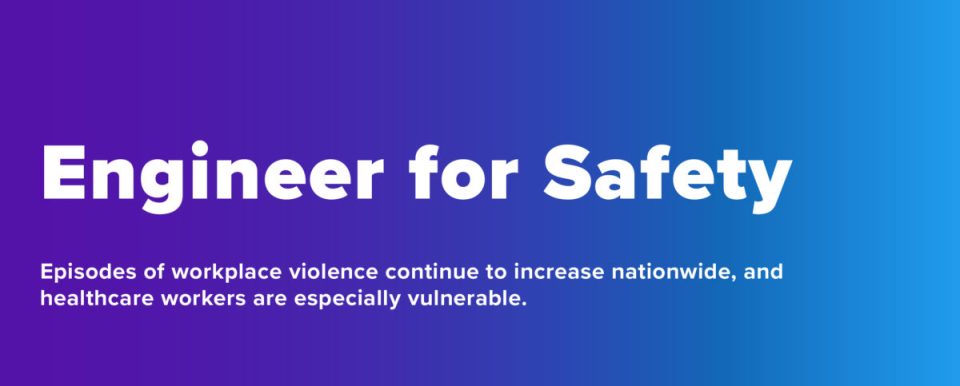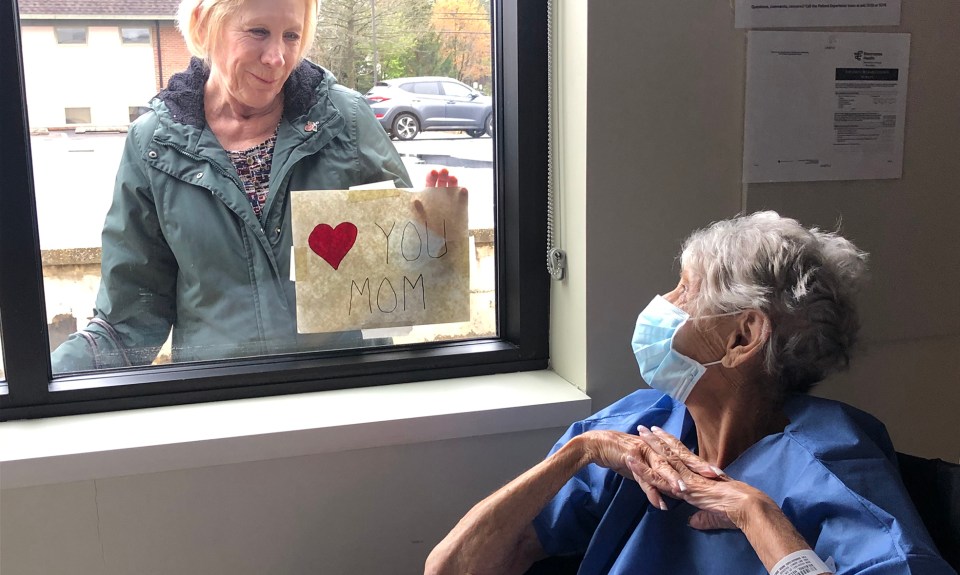Changing a lightbulb or providing a comfortable, quiet place for hospital guests to unwind may not seem like tactics that would reduce the risk of workplace violence. However, these simple solutions could go a long way in keeping hospital employees, patients and visitors safe.
The United States has seen a marked increase in reports of episodes of violence in the healthcare setting, according to The Joint Commission. In fact, OSHA reports that healthcare workers experience violent assaults at a rate four times higher than other industries.
Because of that, hospital leadership is constantly looking for ways to prevent episodes of violence from occurring in their workplace. While high-tech solutions offer innovative ways to protect employees, don’t overlook those obvious security hazards in your hospital.
“It really is some of those common-sense things,” said Lynne Lee, Encompass Health’s vice president of risk management. “It may be one lightbulb out, but it’s in the back of the parking lot; that’s where mischief happens. Evildoers are going to look for that dark place.”
Lee is charged with ensuring Encompass Health’s 131 inpatient rehabilitation hospitals have a workplace violence plan in place. She offered the following simple solutions as common sense and often cost efficient ways to improve safety and help prevent incidents of workplace violence.
Implementing a workplace violence policy
Download a guide on how to implement a work place violence policy in your hospital
- Install LED lighting. It might not seem like much, but it can dramatically improving lighting, especially in parking lots and the outdoor spaces, she said. Encompass Health is replacing its hospital lighting with LED bulb, and all new hospitals built have LED lighting. “It’s pretty remarkable the difference it makes,” she said.
- Regularly check for burnt out lightbulbs and replace them immediately.
- Control access to your hospital by limiting the number of entryways open to the general public. As hospitals make building additions, there are more and more ways for people to access the building. Limit the number of doors the public can access with key cards. This also allows helps if a lockdown is needed, as it limits the open entryways to the building.
- Change any security codes that allow access to certain parts of the building quarterly. “You know people are going to share those codes, so update them frequently,” Lee said.
- Install panic buttons in high-risk areas such as nurses’ stations.
- Cutback any shrubs or bushes outside the building that could serve as hiding spaces.
- Make sure your guest lounges are a comfortable place for visitors. Being in the hospital environment can often be noisy and stressful. Having a quiet place for them escape to could help de-escalate a potentially violent situation. “Even having a TV gives them a diversion, so a situation might be less likely to escalate,” Lee said.
For more tips on simple solutions to preventing workplace violence in healthcare, download this infographic on engineering for safety.
The content of this site is for informational purposes only and should not be taken as professional medical advice. Always seek the advice of your physician or other qualified healthcare provider with any questions you may have regarding any medical conditions or treatments.



